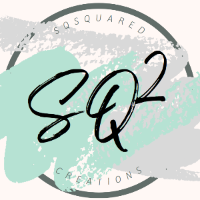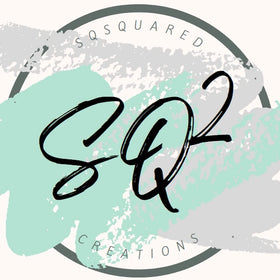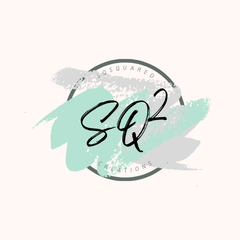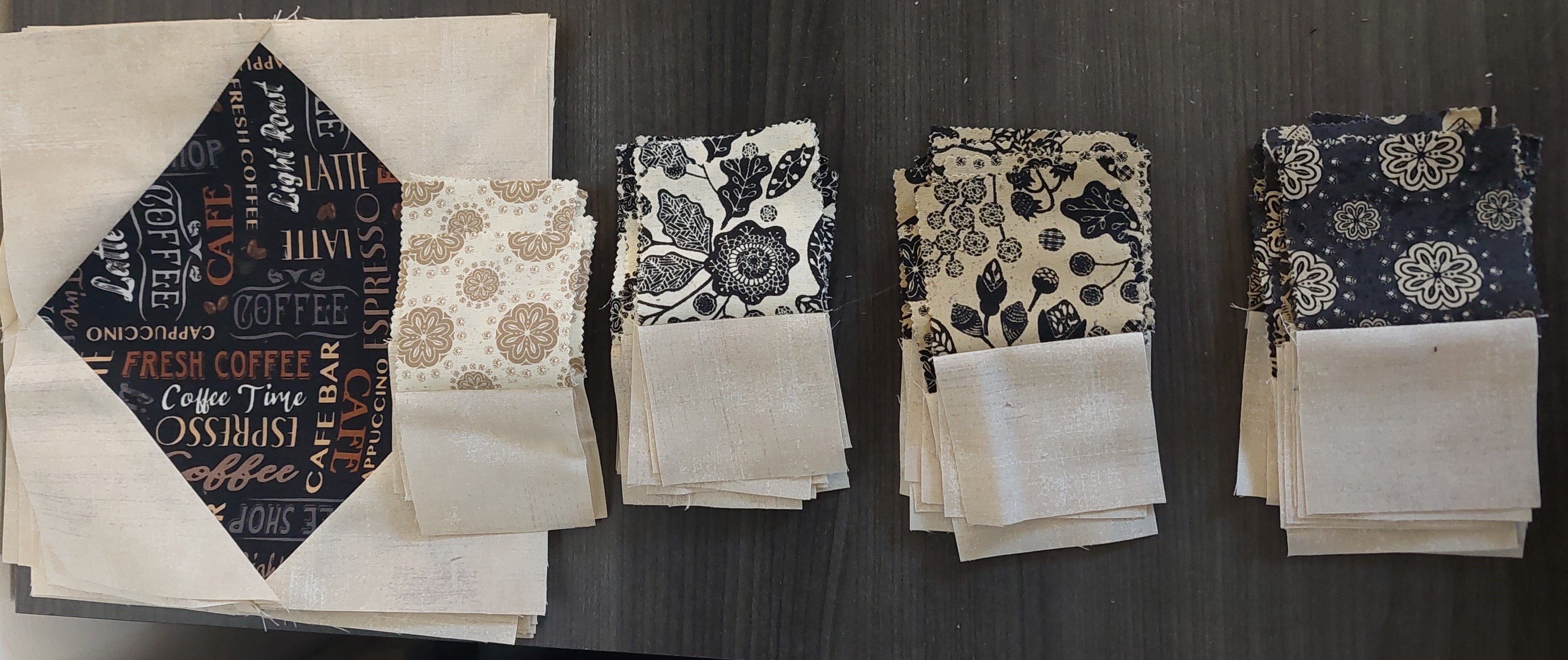This post is part of my “Why Are Quilts So Expensive?” series, where I break down the real costs and work behind each handmade quilt.
- Part 1 – Why Are Quilts So Expensive? A Deeper Look…
- Part 2 – Quilt Pricing: Just How Much Are Materials?
- Part 3 – Quilt Pricing: What About My Time? (you are here)
- Part 4 – Quilt Pricing: Final Thoughts
_______________________________________________________________________________________________
In Part 2 of this series, I shared how I keep material costs fair without cutting corners. Now let’s look at the other half of the equation: labor — the hours it takes to turn those materials into a finished, ready-to-ship quilt.
Quilt-making can be time-intensive, but how that time is calculated (and charged) varies widely. Here are three common approaches — and the method I use in my business.
The “Multiple of Materials” Method
One simple formula some quilters use is:
Total materials cost × 3 = quilt price.
It’s easy to understand, but it doesn’t always reflect the actual time involved — especially for makers who work efficiently. Using this method, the Anne of Green Gables quilt from Part 2 would be:
-
Hobbyist pricing: $646.50
-
My business pricing (materials as I calculate them): $419.43
The Hourly Method
Another approach is to track every hour spent and multiply by an hourly rate — often $15–$20/hour. That includes fabric shopping, ironing, cutting, piecing, quilting, and binding.
For the same quilt, here’s how that would look:
-
Hobbyist estimate: 2 hours shopping, 1 hour ironing, plus the actual sewing and quilting time — around $260 at $20/hour.
-
My actual time: 9 hours and 36 minutes (rounded to 10 hours). I don’t bill for shopping or most ironing — those are standard business costs. At $20/hour, that’s $192.
My Method
Instead of charging by the hour or multiplying materials, I set a base price per square yard of quilt top for straightforward patterns. Then I adjust for complexity — more intricate patterns, more pieces, or detailed quilting may be priced higher.
This approach rewards efficiency. I use techniques like:
-
Planning block layouts in stacks for faster assembly
-
Chain piecing to keep the machine running without constant stops
-
Finger pressing instead of ironing after every seam
-
Finding the most efficient cutting layout (even if it means ignoring the pattern’s cutting diagram)
I also sew, quilt, and bind every quilt on my Aurora 440 Bernina — no computerized long-arm that lets me walk away, no hand-stitching that adds days to the process. Every stitch passes under my hands.
What This Means in Practice
Sometimes my efficiency means I make $30/hour on a quilt; other times it’s closer to $10/hour. My focus isn’t on squeezing every possible dollar from each piece — it’s on offering high-quality quilts that are attainable for more people, while running a sustainable business.
Why I Price This Way
For me, quilting isn’t just about making and selling. It’s about reviving an appreciation for handmade goods — the kind that last for years and carry a personal touch you’ll never find in mass production.
If someone buys one of my quilts and it inspires them to take up quilting, or any handmade craft, that’s a win in my book. And if I can keep my prices fair enough that customers come back for more, knowing they’re getting heirloom-quality without the four-figure price tag, even better.
Next week in the final part of this series, I’ll share my closing thoughts on quilt pricing, and how I balance passion, craftsmanship, and accessibility in my business.




Leave a comment